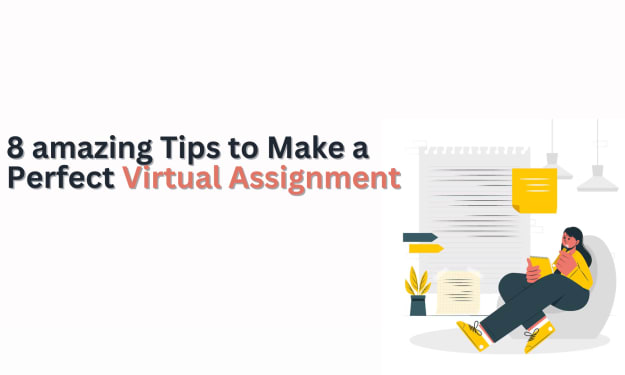The Art of Video Editing
Key notes you should take asap

Video editing is the process of selecting, arranging and manipulating video footage and audio tracks to create a finished product. The art of video editing lies in using a combination of technical skills, creativity, and intuition to craft a compelling story that engages the audience. Whether it's a feature film, or a commercial, video editing can make or break the success of a project.
Technical Skills
The technical skills required for video editing include proficiency in editing software, knowledge of video formats and codecs, and an understanding of color correction and sound design. The most commonly used editing software are Adobe Premiere Pro and Final Cut Pro X, both of which offer a wide range of tools for editing, color correction, and sound design.
Knowing video formats and codecs is also essential for video editors. Video formats and codecs refer to the way in which digital video is compressed and encoded. There are several video formats, such as MP4, AVI, and MOV, and codecs, such as H.264 and ProRes, each with its advantages and disadvantages. Understanding the different video formats and codecs allows editors to choose the best format for their project, depending on the intended distribution platform and the quality required.
Color correction is another crucial skill for video editors. Color grading involves adjusting the color, contrast, and brightness of footage to achieve a particular look or mood. By changing the color temperature, tint, or saturation, an editor can alter the emotional impact of a scene. For example, warm tones can create a sense of comfort, while cold tones can convey a feeling of isolation.
Sound design is also an essential aspect of video editing. Sound design involves manipulating audio tracks to create a particular soundscape or mood. Adding sound effects or voiceovers can enhance the emotional impact of a scene and engage the audience. Moreover, a video editor must ensure that the audio is balanced, free of background noise, and synchronized with the video.
Creativity
Video editing is not just about technical skills; it's also about creativity. Video editors must use their imagination and artistic sensibility to craft a compelling story that resonates with the audience. They must have a deep understanding of narrative structure, pacing, and visual storytelling.
One of the most crucial aspects of video editing is pacing. Pacing refers to the rhythm and tempo of a video. A video editor must know when to speed up or slow down the pace of a scene to create tension or release it. The timing of cuts and transitions is also critical to the pacing of a video.
Visual storytelling is another crucial aspect of video editing. Visual storytelling involves using visual elements, such as camera angles, composition, and lighting, to convey information and emotion. For example, a low-angle shot can create a sense of power, while a high-angle shot can convey vulnerability. By using visual storytelling techniques, an editor can add depth and nuance to a scene, making it more compelling.
Intuition
Intuition is the ability to understand or know something without conscious reasoning. In video editing, intuition is essential for making creative decisions and for sensing when a scene is working or not. Intuition comes from experience and practice, and it's what separates good editors from great editors.
An experienced video editor has a feel for pacing, visual storytelling, and sound design, which allows them to make decisions quickly and confidently. They can sense when a scene is dragging or when it needs more energy. They know when a particular cut or transition is not working, and they can experiment with different options until they find the right one.
Conclusion
In conclusion, video editing is an art that requires a combination of technical skills, creativity, and intuition. It's about using editing software, understanding video formats and codecs, and applying color correction and sound design techniques. But it's also about having a sense of pacing.
(This article was written by Chat GPT)





Comments
There are no comments for this story
Be the first to respond and start the conversation.